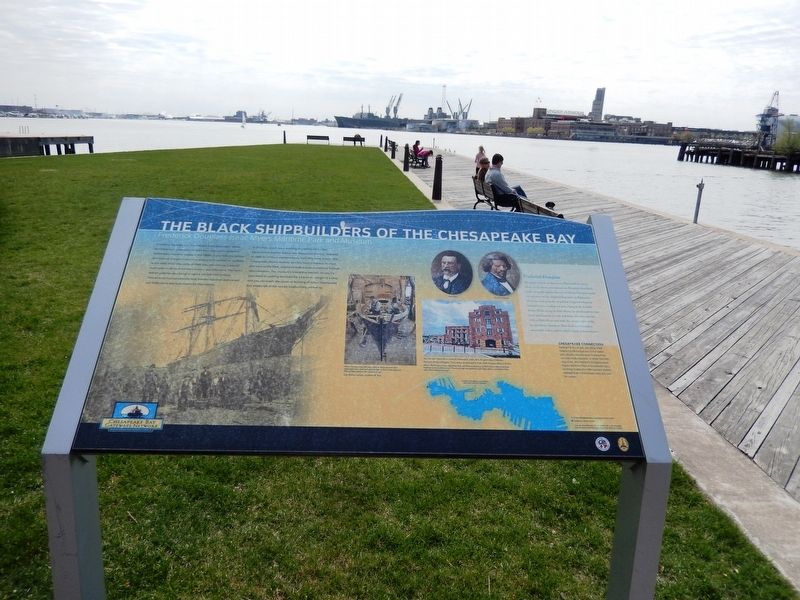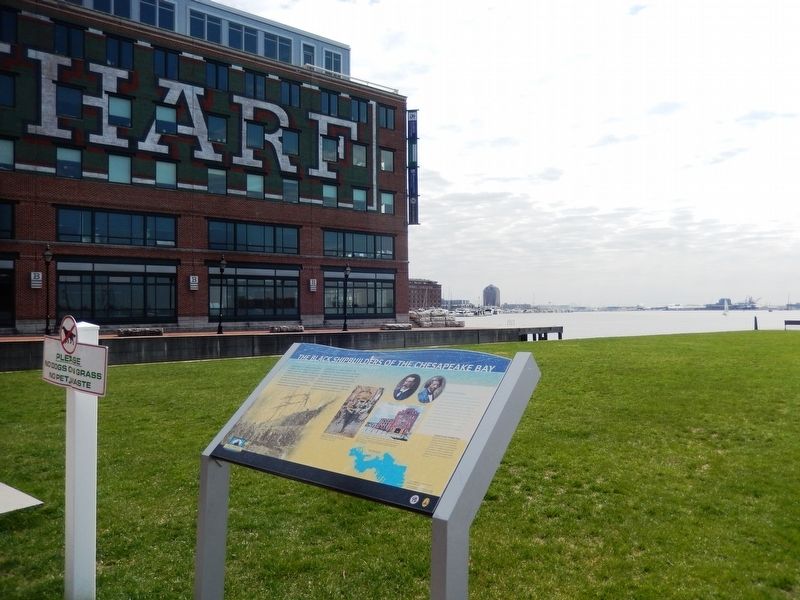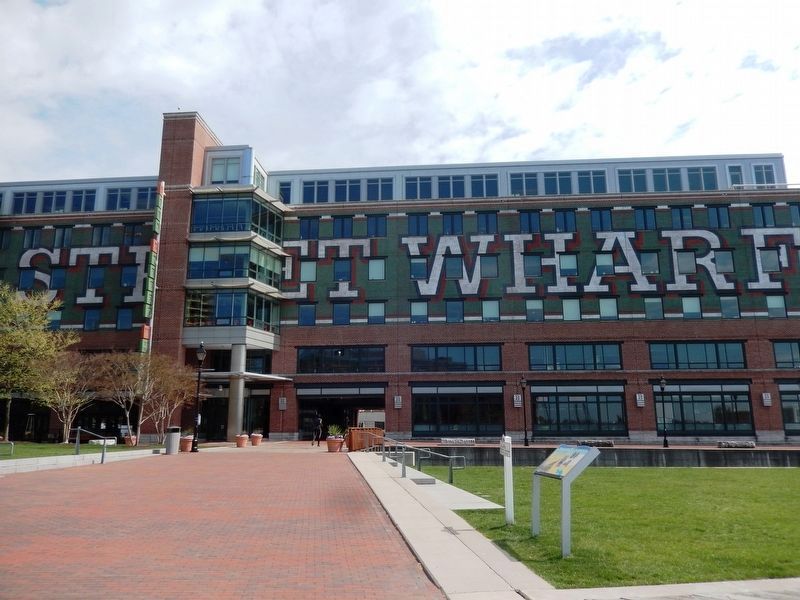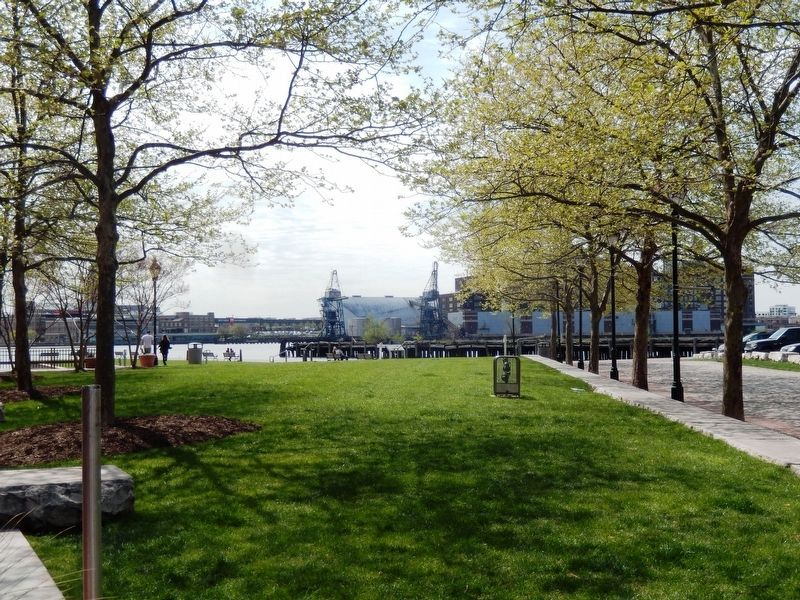Fells Point in Baltimore, Maryland — The American Northeast (Mid-Atlantic)
The Black Shipbuilders of the Chesapeake Bay
Frederick Douglass-Isaac Myers Maritime Park and Museum
A national heritage site, the Frederick Douglass-Isaac Myers Maritime Park celebrates African-American who worked on Baltimoreís maritime trades in the 1800s. It also tells the stories of Frederick Douglass and Isaac Myers, who worked as chandlers in the Fellís Point shipyards of their city, and who each gained fame later in life as prominent leaders and reformers. The Parkís indoor galleries also bring to light a vibrant 19th century African-American community that banded together and carved out institutions and businesses for themselves in the park, youíll see a working re-creation of the first black-owned marine railway and shipyard in the U.S. founded in 1868 by 15-black entrepreneurs, including Isaac Myers. The Chesapeake Marine Railway and Dry Dock Company, located just west of the Park, employed both blacks and whites without discrimination. The museumís interactive exhibits let you try your hand at caulking and hoisting a barrel or designing a ship, and you can watch the repair or building of an actual Chesapeake Bay watercraft at the nearby boatbuilding workshop.
[Captions:]
Above: For more than 200 years, African American and whites shipwrights have built and repaired ships in Fellís Point shipyards. Witness them working on this specialized craft.
Above; The Douglass-Myers Maritime Park and Museum boast one of Fellís Pointís oldest industrial buildings and one the largest. These buildings house galleries, a gift shop, offices, a waterfront bistro, and a ship building workshop.
Frederick Douglass
Along his path from slavery on Marylandís Eastern Shore, to his time in prominence as Americaís first black leader to speak against slavery, Frederick Douglass, spent several years in the shipbuilding trade in Baltimore. Here he worked at the Asa Price shipyard where he learned to be a caulker on ships being built in Fellís Point. While living in Fellís Point, he purchased his first book and learned to read and write. He also met his wife in Fellís Point and with the communityís help, escaped from slavery to New York and became a renowned orator, author, abolitionist, and statesman.
Chesapeake Connection
During the era of sail, all sailing ships needed to be hauled out of the water periodically onto dry dock to have their wooden hulls repaired. To show how this was done, the Frederick Douglass-Isaac Myers Maritime Park, and Museum has a working model on a 19th century marine railroad that carried boats onto dry land for repairs.
Topics. This historical marker is listed in these topic lists: Abolition & Underground RR • African Americans • Industry & Commerce • Waterways & Vessels. A significant historical year for this entry is 1868.
Location. 39° 16.811′ N, 76° 35.682′ W. Marker has been damaged. Marker is in Baltimore, Maryland. It is in Fells Point. Marker is at the intersection of South Bond Street and Thames Street on South Bond Street. The marker is located in Fells Point at the Bond Street Wharf in the Frederick Douglass-Isaac Myers Maritime Park. Touch for map. Marker is in this post office area: Baltimore MD 21231, United States of America. Touch for directions.
Other nearby markers. At least 8 other markers are within walking distance of this location. The Hankin Healthy Harbor Walking Tour (within shouting distance of this marker); Association of Maryland Pilots (about 300 feet away, measured in a direct line); Record Store Day (about 400 feet away); Loring Cornish / How Great Thou Art (about 500 feet away); Welcome to the Frederick Douglass - Isaac Myers Maritime Park & Museum (about 500 feet away); a different marker also named Welcome to the Frederick Douglass - Isaac Myers Maritime Park & Museum (about 500 feet away); Archaeological Remains (about 500 feet away); Frederick Douglass Sculpture (about 500 feet away). Touch for a list and map of all markers in Baltimore.
More about this marker. The Douglass-Isaac Myers Maritime Museum is located at 1417 Thames Street.
Credits. This page was last revised on September 4, 2023. It was originally submitted on April 21, 2017, by Don Morfe of Baltimore, Maryland. This page has been viewed 979 times since then and 204 times this year. Photos: 1, 2, 3, 4. submitted on April 21, 2017, by Don Morfe of Baltimore, Maryland. • Bill Pfingsten was the editor who published this page.



